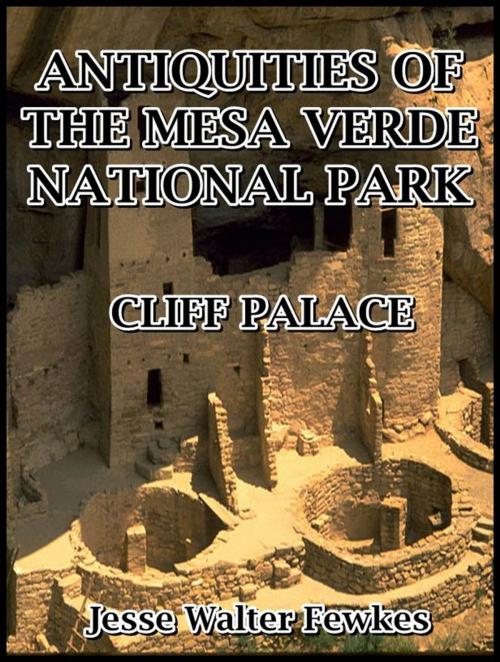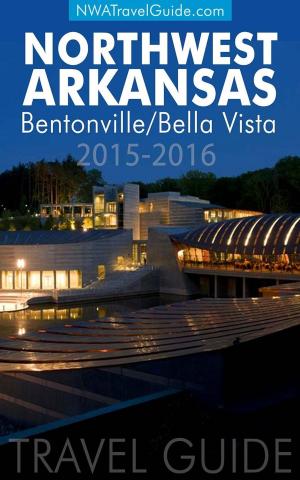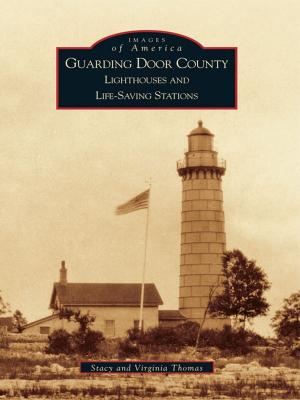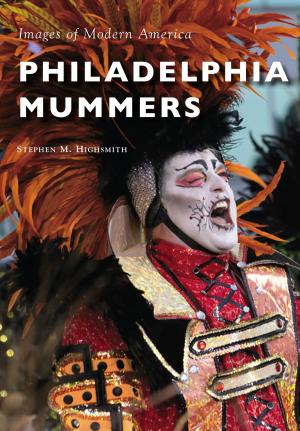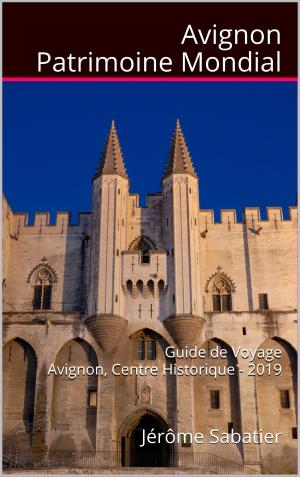Antiquities of the Mesa Verde National Park : Cliff Palace
Kids, People and Places, History, Exploration and Discovery, Ancient Civilizations, Nonfiction, Travel, Museums, Tours, & Points of Interest| Author: | Jesse Walter Fewkes | ISBN: | 1230000231845 |
| Publisher: | SMITHSONIAN INSTITUTION | Publication: | April 9, 2014 |
| Imprint: | Language: | English |
| Author: | Jesse Walter Fewkes |
| ISBN: | 1230000231845 |
| Publisher: | SMITHSONIAN INSTITUTION |
| Publication: | April 9, 2014 |
| Imprint: | |
| Language: | English |
Antiquities of the Mesa Verde National Park : Cliff Palace
In his excellent work on the ruins of the Mesa Verde, Baron Nordenskiöld speaks of calcined human bones being found in a stone cist at Step House, and Mr. Wetherill is referred to as having observed evidence of cremation elsewhere among the Mesa Verde cliff-dwellings. There can be no doubt from the observations made in the refuse heaps at Cliff Palace that the inhabitants of this village not only burned their dead but there was a special room in the depths of the cave which was set aside for that purpose. One of these rooms, situated at the northern end of the refuse heap, was excavated in the progress of the work and found to contain bushels of very fine phosphate ashes, mixed with fragments of bones, some of which are well enough preserved to enable their identification as human. Accompanying these calcined bones were various mortuary objects not unlike those occurring in graves where the dead were not cremated. The existence of great quantities of ashes, largely containing phosphates, apparently derived from the burned bones, forming much of the refuse, and the densely smoke-blackened roof of the cave above them, are interpreted to indicate that the dead were cremated in the cave back of the houses.
In addition to these burning places, or crematories, in the rear of the buildings of Cliff Palace, there is good evidence of the same practice on the mesa top. Here and there, especially in the neighborhood of the clearings where the cliff-dwellers formerly had their farms, are round stone inclosures, oftentimes several feet deep, in which occur great quantities of bone ashes, fragments of pottery, and some stone objects. The surface of the stones composing these inclosures shows the marks of intense fire, which, taken in connection with the existence of fragments of human bones more or less burned, indicate that the dead were cremated in these inclosures. It is not clear, however, that the dead were not interred before cremation, and there is reason for believing that the bodies were dried before they were committed to the flames. The mortuary offerings, especially pottery, seem to have been placed in the burning places after the heat had subsided, for beautiful jars showing no action of fire were found in some of these inclosures. The existence of cremation among the cliff-dwellers is offered as an explanation of the great scarcity of skeletons in their neighborhood. When it is remembered that Cliff Palace must have had a population of several hundred, judging from the number of the buildings, and was inhabited for several generations, it otherwise would be strange that so few skeletons were found. It would appear that the chiefs or the priestly class were buried either in the ground or in the floors of the rooms, which were afterward sealed, whereas the bodies of the poorer class, or the people generally, were cremated. The former existence of Pueblo peoples who buried their dead in the region between the Gila valley and Mesa Verde where the dead were cremated is a significant fact, but further observations are necessary before it can be interpreted. It may be that in ancient times all the sedentary tribes practiced cremation, and that the region in question was settled after this custom had been abandoned.
Antiquities of the Mesa Verde National Park : Cliff Palace
In his excellent work on the ruins of the Mesa Verde, Baron Nordenskiöld speaks of calcined human bones being found in a stone cist at Step House, and Mr. Wetherill is referred to as having observed evidence of cremation elsewhere among the Mesa Verde cliff-dwellings. There can be no doubt from the observations made in the refuse heaps at Cliff Palace that the inhabitants of this village not only burned their dead but there was a special room in the depths of the cave which was set aside for that purpose. One of these rooms, situated at the northern end of the refuse heap, was excavated in the progress of the work and found to contain bushels of very fine phosphate ashes, mixed with fragments of bones, some of which are well enough preserved to enable their identification as human. Accompanying these calcined bones were various mortuary objects not unlike those occurring in graves where the dead were not cremated. The existence of great quantities of ashes, largely containing phosphates, apparently derived from the burned bones, forming much of the refuse, and the densely smoke-blackened roof of the cave above them, are interpreted to indicate that the dead were cremated in the cave back of the houses.
In addition to these burning places, or crematories, in the rear of the buildings of Cliff Palace, there is good evidence of the same practice on the mesa top. Here and there, especially in the neighborhood of the clearings where the cliff-dwellers formerly had their farms, are round stone inclosures, oftentimes several feet deep, in which occur great quantities of bone ashes, fragments of pottery, and some stone objects. The surface of the stones composing these inclosures shows the marks of intense fire, which, taken in connection with the existence of fragments of human bones more or less burned, indicate that the dead were cremated in these inclosures. It is not clear, however, that the dead were not interred before cremation, and there is reason for believing that the bodies were dried before they were committed to the flames. The mortuary offerings, especially pottery, seem to have been placed in the burning places after the heat had subsided, for beautiful jars showing no action of fire were found in some of these inclosures. The existence of cremation among the cliff-dwellers is offered as an explanation of the great scarcity of skeletons in their neighborhood. When it is remembered that Cliff Palace must have had a population of several hundred, judging from the number of the buildings, and was inhabited for several generations, it otherwise would be strange that so few skeletons were found. It would appear that the chiefs or the priestly class were buried either in the ground or in the floors of the rooms, which were afterward sealed, whereas the bodies of the poorer class, or the people generally, were cremated. The former existence of Pueblo peoples who buried their dead in the region between the Gila valley and Mesa Verde where the dead were cremated is a significant fact, but further observations are necessary before it can be interpreted. It may be that in ancient times all the sedentary tribes practiced cremation, and that the region in question was settled after this custom had been abandoned.
